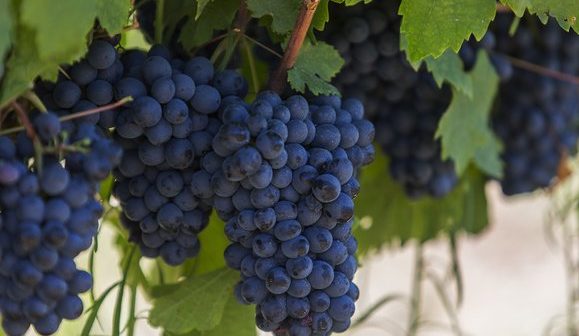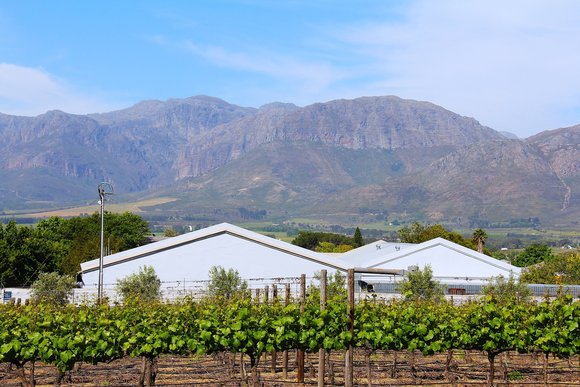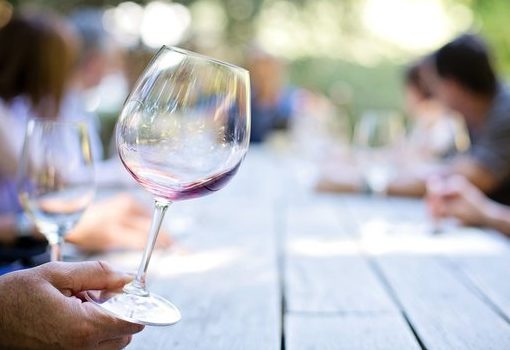For the wine drinkers of the world, South Africa is a great place to see, taste and ultimately delight in good quality wine. With its wine making history stretching back to the 17th century, the country is an old player in the wine industry, .
Absolute delight of South African wine is not to be eclipsed by its famed animal safaris and stunning landscape that is bathed in age-old history. The country is considered the oldest New World wine region, with its wine often showcasing earthy flavors but finished with restraint.
When touring South Africa in search for the Big Five, one must not miss out on seeing the great wines.
Here is a break down of popular wines to taste in South Africa
Why is it New World and not old? Wines from South Africa are considered New World wine, as winemaking started during and after the age of exploration. New World wines are thought to taste riper and fruitier, with higher alcohol content and lesser acidity.
Sauvignon Blanc
It is considered one of the most affordable South African wines on the market. While the intensity of the South African Sauvignon Blanc isn’t on par with its New Zealand variety, it still does pack a punch with refreshing fruity flavors and hints of fresh herbs. Sauvignon Blanc is usually savored before meals, but the right bottles go well with richer entrees at the start of a meal.
Chenin Blanc
It is the most planted grape variety in South Africa. While much of the Chenin Blanc produced in South Africa is actually reserved for producing brandy, its wine variety is beginning to gain more attention both locally and internationally. Chenin Blanc embodies a peachy and floral grape variety, similar to Pinot Gris.

Pinotage
This red wine grape is a South African signature. Bred in 1925 as a cross between Pinot noir and Cinsaut, this deep red variety of red wine embodies smoky and earthy flavors that sometimes have hints of tropical fruits. Good examples of Pinotage are usually a combination of blackberries and black cherries with roasted herbs and a hint of smoke. Pinotage is great when paired with roasted lamb or other grilled meats.
Shiraz/Syrah
Finally, the Shiraz (Syrah) is a rising star. Made with ripe blackberry and blueberry, the Shiraz of South Africa has an Old World earthiness to it, but also a chunky and robust body. Some Shiraz winemakers in South Africa aim for a more restrained and fruity taste, that will surely delight the palate! Shiraz is generally produced in Swartland, 100km (62 miles) north of Cape Town, where some of the best Shiraz are beautifully balanced and crafted.
How to taste wine
There are a few steps to wine tasting that will surely turn you into a wine connoisseur. While there are many wine tasting tips out there that you can utilize, here are the basic three steps that serve as a great baseline for any wine enthusiast.
Look
First appearances matter when it comes to wine. Do take a look at the color, opacity, and viscosity of the wine you are being served. Color and opacity of wine differ according to its age, amount of acidity, alcohol, sugar, and climate within which it was grown. Older white wines have more yellowish and brownish tones, while aged red wines become more transparent with time. You can also find clues about the wine through the label found on the bottle. Pay specific attention to its alcohol percentage and grape variety!
Smell
When it comes to smelling the wine, there are generally three primary categories to look out for:
Primary Aromas: the primary aromas generally come from the scent of the fruit – i.e. the types of grapes used. Take note of hints of its herbal and floral notes.
Secondary Aromas: secondary aromas are usually derived from winemaking practices. Common aromas that may surface are yeast-derivative and are easily spotted in white wines. They usually smell like cheese rind, nut husk or even stale beer.
Tertiary Aromas: these aromas come from the aging of the wine, usually in the bottle or sometimes possible in oak. Aromas surfacing here are usually savory, smelling like roasted nuts, autumn leaves, old tobacco and cured leather.
Taste
Once in your mouth, your tongue can taste salty, sour, sweet or bitter flavors within the wine. All wines that you come across will have some hints of sour, as grapes are inherently acidic. Some wines, like the Pinot Grigio, will embody subtle bitterness. White table wines have an additional sweet flavor because a small portion of the grape sugars is retained. Salty flavors within wines are generally the rarest of the flavors, and can sometimes be found in both red and white wines.
Elaine Clara Mah is a Contributing Writer for BookAllSafaris.com. She is constantly in awe of the majestic animals living in the wild alongside us and does what she can to help conserve their habitat.





